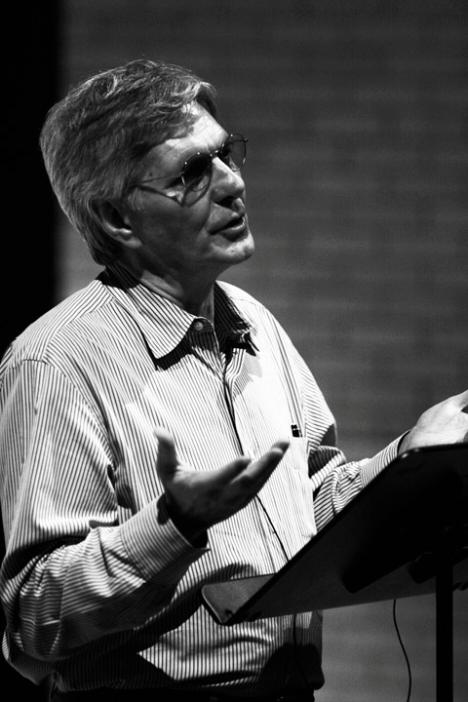
Mexican composer. Mexican composer. He began his formal studies in 1963 with Chávez (composition) and Halffter (analysis) at the National Conservatory. In 1967 he went to Paris, where he studied composition with Marie and also attended courses given by Xenakis and Pousseur. The following year he was a pupil of Stockhausen in Cologne and took part in the Darmstadt summer courses. He returned to Mexico in 1969 to teach composition at the National Conservatory and founded the group Quanta which specialized in improvisation. In 1972 he was invited to work at the electronic music laboratory of Japanese radio and television (NHK) in Tokyo, where his compositions included Contrapunto. He founded the journal Pauta – one of the most important music publications in Spanish – in 1982, and in 1987 he was appointed a member of the Academy of Arts in Mexico. Outside Mexico he has lectured, and been performed, widely, particularly in the USA, where Lacrymosa was given its première by the American Composers Orchestra in 1994. As a teacher of composition and analysis he has had a strong influence on recent generations of Mexican musicians.
Lavista’s early works explore contemporary techniques, for example in Cluster or Kronos (for 15 alarm clocks). As his music has evolved, he has assimilated an eclectic range of influences to form an unmistakable style. Like Berio, he has explored new timbres from traditional instrument sources particularly in the use of wind multiphonics. In the dimensions of time and pitch space, Cage’s strong influence has resulted in markedly static sonorities. The gradual transformation of such sonorous textures across a work’s span is characteristic. Formal aspects of the music often derive too from literary sources – particularly epigrams, such as that inspired by Gulliver, which heads Lyhannh; and pictorial images, as in Jaula for prepared piano, a work triggered by ‘musical’ pictures by Arnaldo Cohen and Rufino Tamayo, whose Las músicas dormidas portrays two reclining figures whom Lavista has imagined dreaming his own music.
No comments:
Post a Comment